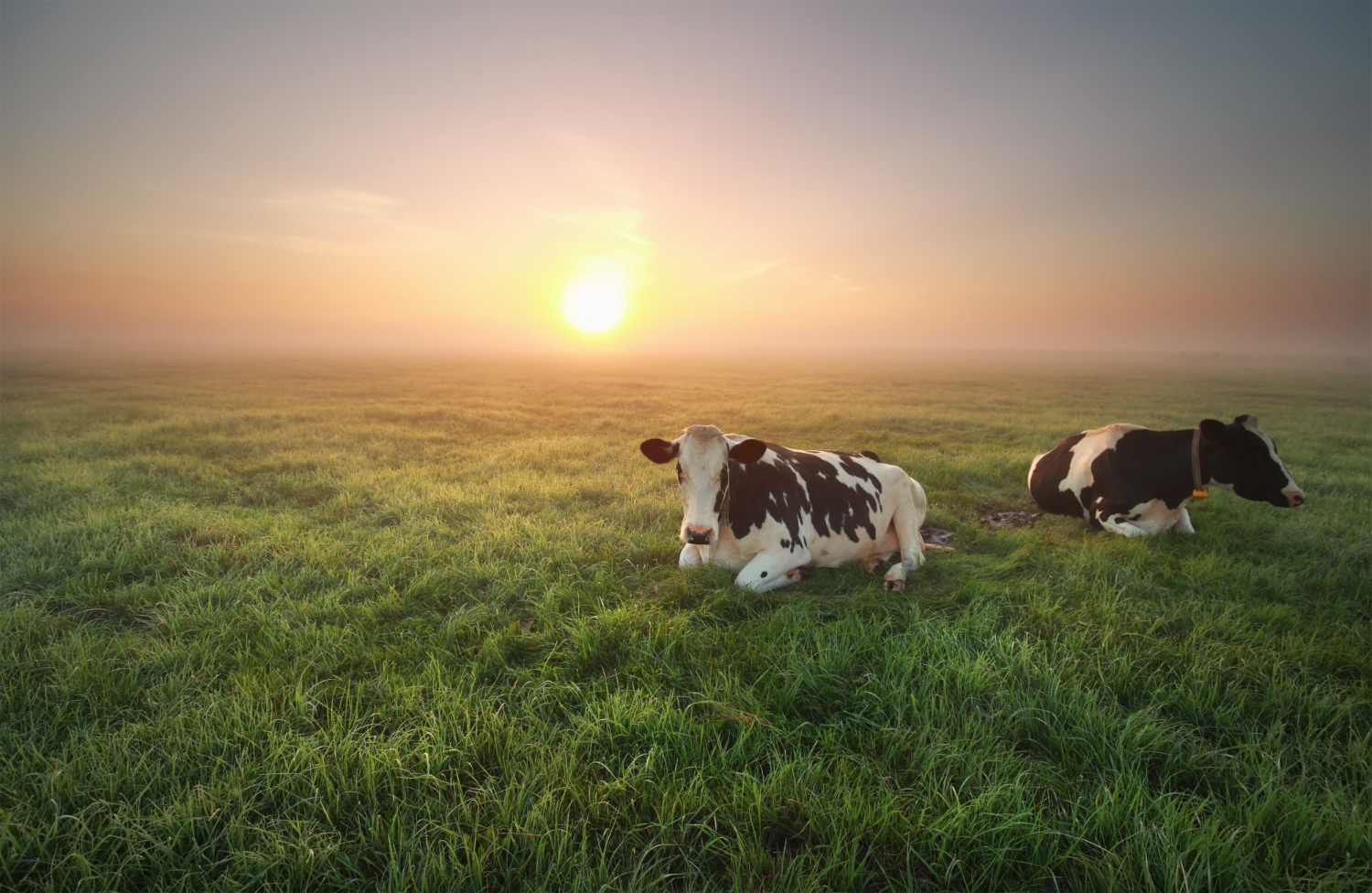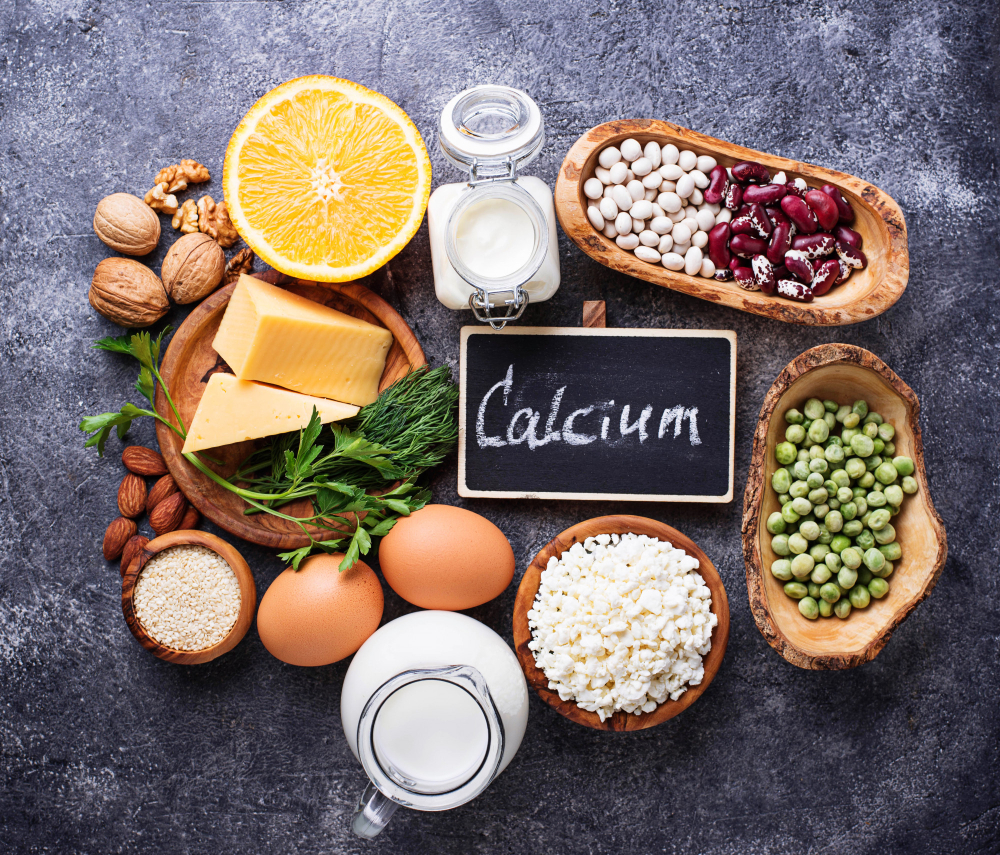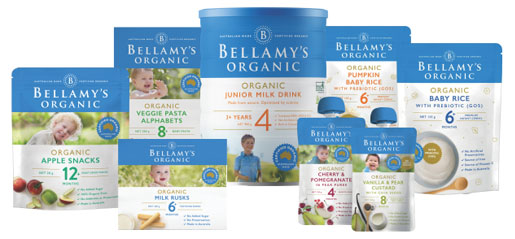Organic milk and environmental protection
Besides the high safety and richness in nutrition, many people now choose organic products also because of the eco-friendliness as an indispensable value. Find out more about this in this article from Natural Food Group!
1. Agriculture accounts for a large part of greenhouse gas emissions
It’s important to consider agriculture as a major factor when thinking about climate
change, largely because of 14% contribution of the greenhouse gas emissions through manure management, enteric methane fermentation (e.g.cow belches), and nitrous oxide emissions from soil management for livestock feed (both pasture and grain production) (according to International Panel on Climate Change).

Amongst the agriculture factors contributing to greenhouse gas emissions, 03 factors directly links to dairy production: manure management (resulting in the methane produced), soil management (resulting in the N2O produced), enteric methane fermentation (resulting in the methane produced) (source: International Panel on Climate Change)
It can be inferred from the chart above that how cows feed is produced (affecting their enteric methane fermentation) and how they are housed (the way manure is stored and whether manure can be absorbed to the soil), all substantially influence the amount of GHG emissions and the potential for contributing to or mitigating climate change.
2. How can organic milk help save the planet?
2.1 Free-grazing – helps reduce greenhouse gas emissions
Instead of using synthetic nitrogen fertilizer like in conventional production, organic dairy production only utilizes manure, naturally scattered on the surface of farming area – resulting from the free-grazing practice.
With the manure absorbed in soil, the potential for soil carbon storage dramatically increases, allowing more capacity to sequester carbon from methane and N2O inside soil and prevent them from transforming into greenhouse gas emissions in contact with the environment.
Moreover, in conventional production, manure is stored in lagoons, holding ponds that rinse
the manure from structures that house the cows. In fact, this practice allows more methane and N2O to be released to the environment
Notably, the amount of emissions from these manure lagoons is not insignificant at all. Two thirds of the GHG emissions from dairy in the state of California (the largest state of dairy production in the US) are attributed to manure lagoons alone (Statista 2018-2020) (link).

2.2 Organic pasture – helps reduce energy consumed
Organic dairy means more time on pasture of perennial grasses – which require less inputs to grow year after year, while conventional dairy production adopts the feed of corn and soy are annual crops that require lots of energy from the use of synthetic nitrogen fertilizers, herbicides, and pesticides, and in the production, manufacturing, transport – this is especially true when feed grain is imported from other countries.
Choosing organic milk is not only resorting to the safe, nutritious milk from nature, but also helps reduce the huge waste of energy derived from the conventional production of milk.
Reference: The Benefits of Organic Dairy (June, 2019) – Organic Center (US) (link)
Featured post
-
05 Diet Plans That Are Good For Your Health
31/07/2022
-
Best Times to Sleep for Adults & Children
01/06/2022








